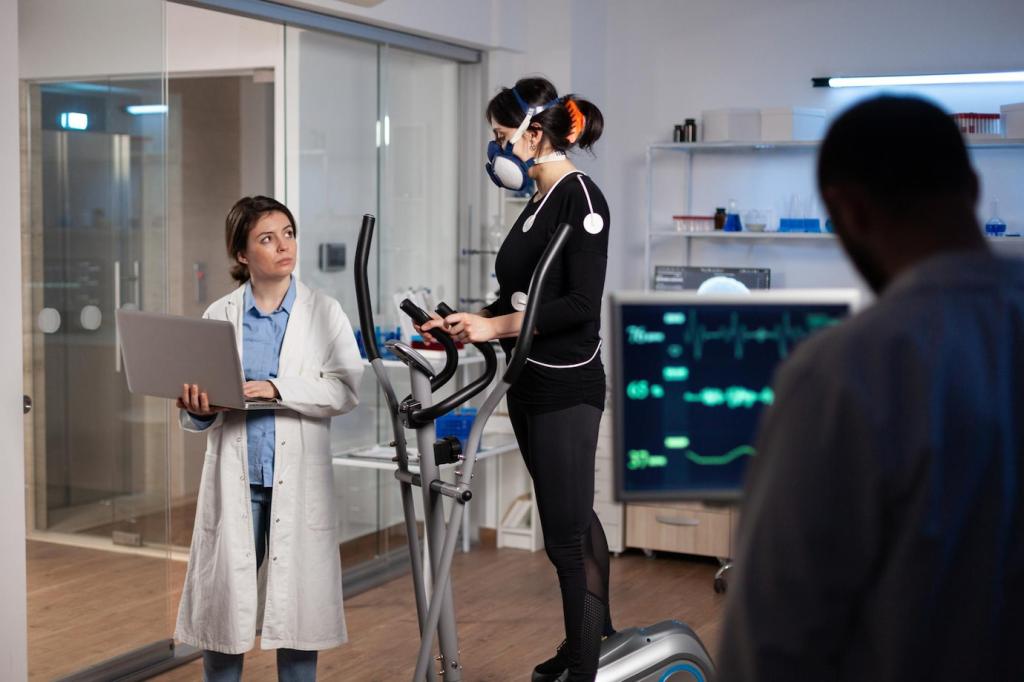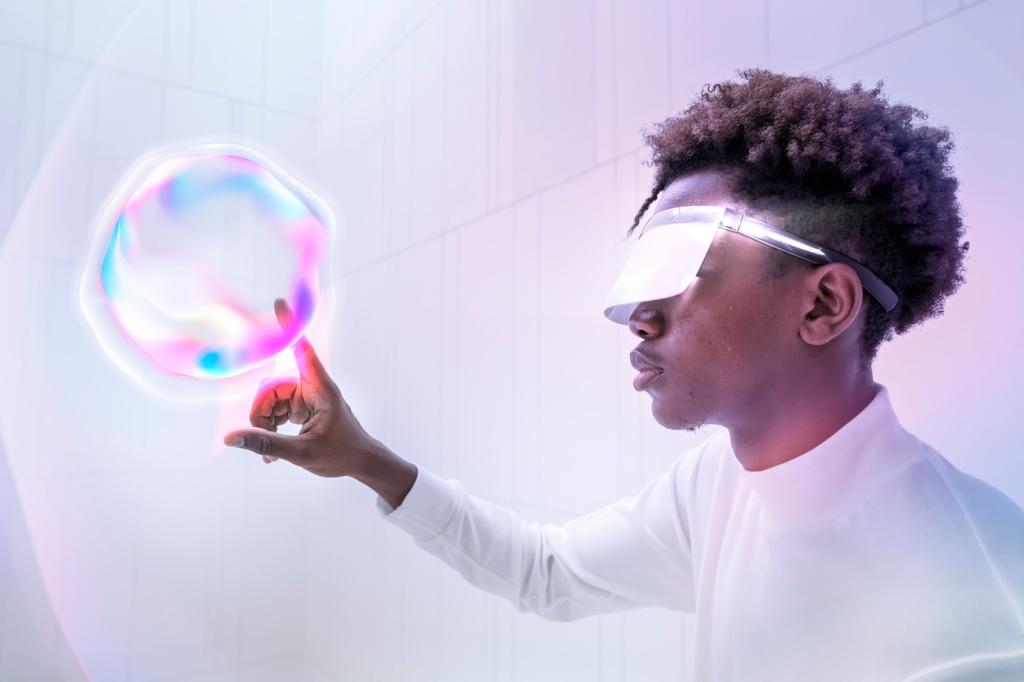This website uses cookies so that we can provide you with the best user experience possible. Cookie information is stored in your browser and performs functions such as recognising you when you return to our website and helping our team to understand which sections of the website you find most interesting and useful.
Virtual Reality Applications for Physical Rehabilitation
Virtual reality (VR) technology is rapidly transforming the field of physical rehabilitation, enabling patients to engage in immersive, interactive environments that promote recovery and motivation. Leveraging advanced hardware and software, VR creates realistic simulations and exercises tailored to individual needs, enhancing both motor and cognitive functions. This gamified approach not only increases patient engagement but also allows therapists to monitor progress and adjust exercises in real time. As VR becomes more accessible and affordable, its applications in physical rehabilitation are expanding, offering new hope and opportunities for individuals recovering from injuries, surgeries, or neurological conditions. Explore how virtual reality is reshaping rehabilitation and paving the way for faster, more effective, and enjoyable recovery experiences.

Enhancing Patient Engagement and Motivation



